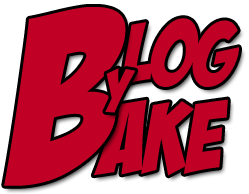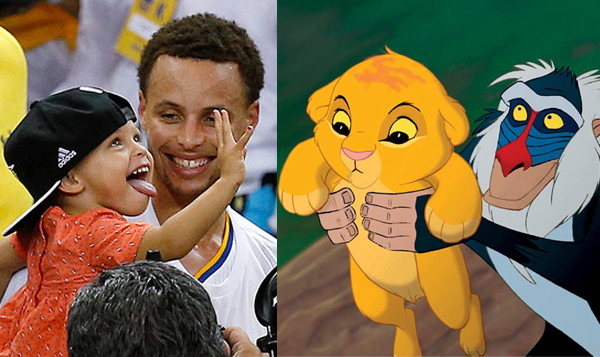In case you missed a post or two this month, here’s a quick recap of what I wrote about during the month of June:
Questions I Asked –
When Was The T-Shirt Invented? – This Wonder Why Wednesday all started when my brother asked why he never sees a picture of Ulysses S. Grant in short sleeves.
Where Did The Phrase “Head Honcho” Come From? – Most people think the phrase has Spanish origins, but most people would be wrong.
What Is The Best Selling Car? – The car that sold the most in 2015 has also been atop the sales charts since the 1980s. Find out what it is.
What Are The Origins of the Phrase “The Pot Calling the Kettle Black”? – Pots and kettles look very different today.
Things We Learned –
I have a new goal – It may be the toughest goal I have ever made.
A Surefire Way To Keep Your House Clean – Forget about buying a new Swiffer, just start do this instead.
What Taylor Swift And Rascal Flatts Can Teach Us About Sharing – I know nothing about music, but I found this story very interesting.
How To Let Your Ideas Escape – The advice seems odd, but it might just work.
Why We Should Look For An Old Green Coat – A fun story of a woman named Elizabeth and her creative son, Jim.
Another Great Thing About Sarcasm – In case you can’t tell, I am a big fan.
What NBA Finals Stars Resemble Disney Movie Characters – A fun post I wrote for BrickhousePodcast.com.
Why We Should Throw Our Backpack – Just thinking about doing this scares me.
Donuts may not be good for us – No, I am not talking about those donuts.
Why I shouldn’t write about carpet cleaners and lawyers – Part II of my donut story.
Fun With Numbers –
5 Good Things – Feel like there is nothing but negative stories online, on TV and in the newspaper? Looking for a little pick me up? Here are 5 good things going on in our world…
5 Things We Can Learn From Disney Dad’s – I start off the post by insulting my dad (on Father’s Day).
7 Things Not To Do When Writing A Book – If you do any of these, you definitely will not sell many books. Especially #4.
7 Mistakes We Make to Be Successful & What We Should Do Instead – A great post by author Emma Seppala.



